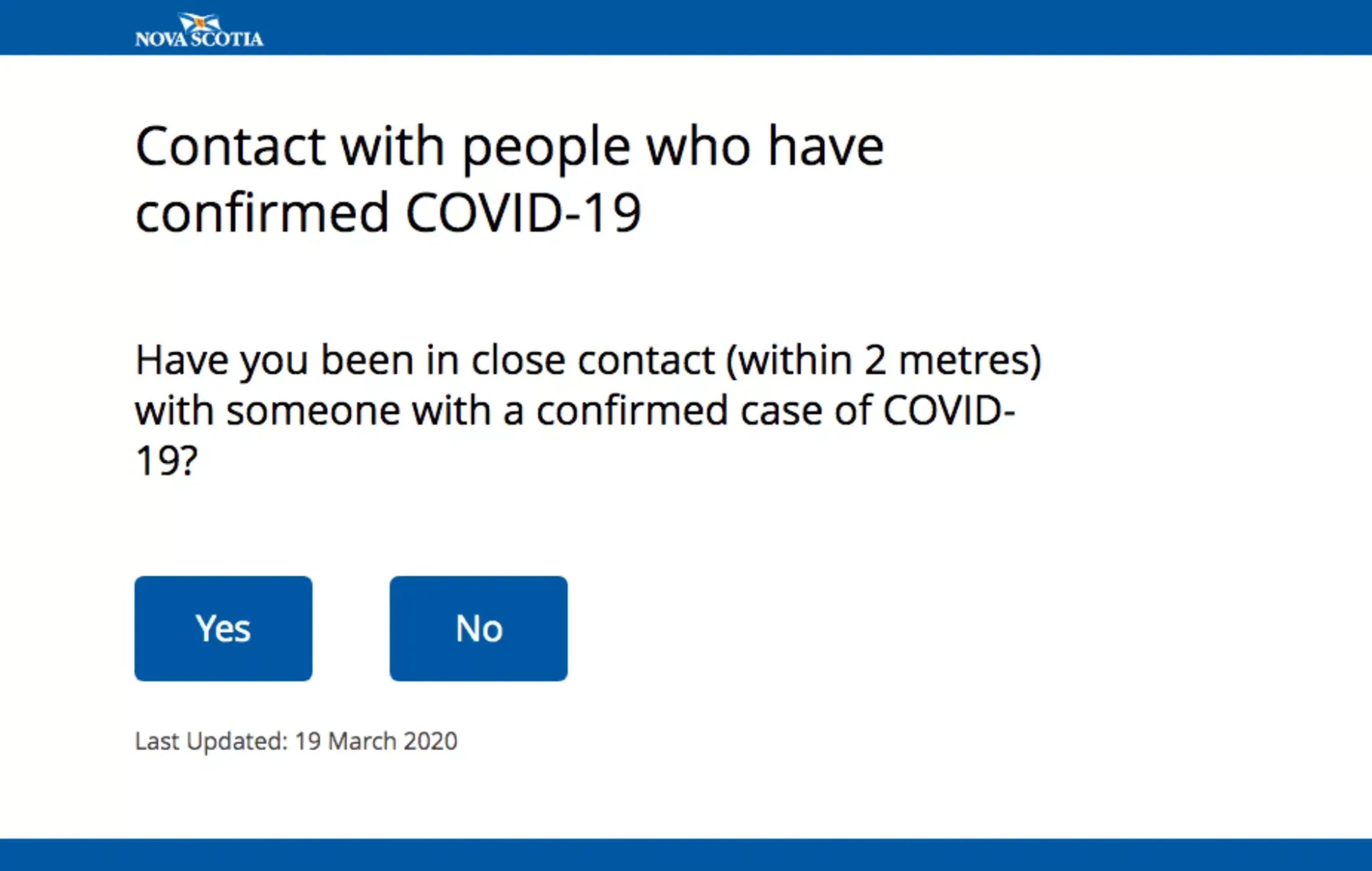By Andrew Greenway (Public Digital) and Miguel Carrasco (BCG)
COVID-19 has put the performance of governments under a microscope as they scramble to react to the unfolding crisis around the world. Digital and technology have been pushed to the forefront as a key tool for governments to engage with citizens, industry, and other governments to try and reduce the impact the crisis is having.
Public Digital and BCG have been helping governments to respond to coronavirus and we have seen that the most successful teams share some common characteristics. Governments with successful coronavirus digital response teams:
- Have a dedicated, multidisciplinary team in place to lead their online response. This delivery team should have a product manager, a writer/content designer, a technologist to make sure things can scale, a developer who can code, a user researcher/someone to monitor web analytics and an expert who can check medical advice for accuracy, and a communications lead linking to the government’s wider comms response.
- Have a single web page giving advice on coronavirus, with a clear URL and small amount of actionable content. This is the simplest, quickest thing any government can do to help citizens now. This page should be the ‘single source of the truth’ from your organisation. With our help, the Californian Government has delivered a good example and so is the Queensland Government.
- Can create simple digital services that provide tailored information to concerned citizens and businesses in days. The screening service delivered by the Nova Scotia Digital Service is a good example, and as is this transit permit by Peru. Our clients built these in under 48 hours.
- Have a set of clear, consistent messages on coronavirus for both external and internal audiences. Using the words ‘real people’ use is essential in this situation. The guidance by US Centers for Disease Control and Prevention is a good example of this.
- Can deploy updates to their website in minutes and hours, rather than days. Perfect will be the enemy of the good, but this must be balanced with accuracy and political awareness. Minimal bureaucracy and clear communication to decision-makers are essential, as well as access to accurate information, updates, and data from other departments.
- Have access to open, modern technology and ways of working to support rapid response and remote working at scale. This includes a reliable high bandwidth, low latency internet connection, and open internet access; modern devices for team members; access to cloud services and collaboration tools.
- Are aware and making use of what other governments have already done in response. Many governments are responding well under great pressure and are already making their efforts available to others, such as Singapore’s contact tracing app TraceTogether. Here is a list (that is regularly updated) of online responses from jurisdictions around the world.
- Have a clear, prioritised list of next steps for your online response that is well understood across the organisation. Having a clear roadmap and backlog of activity to decide what happens now, next and later.


